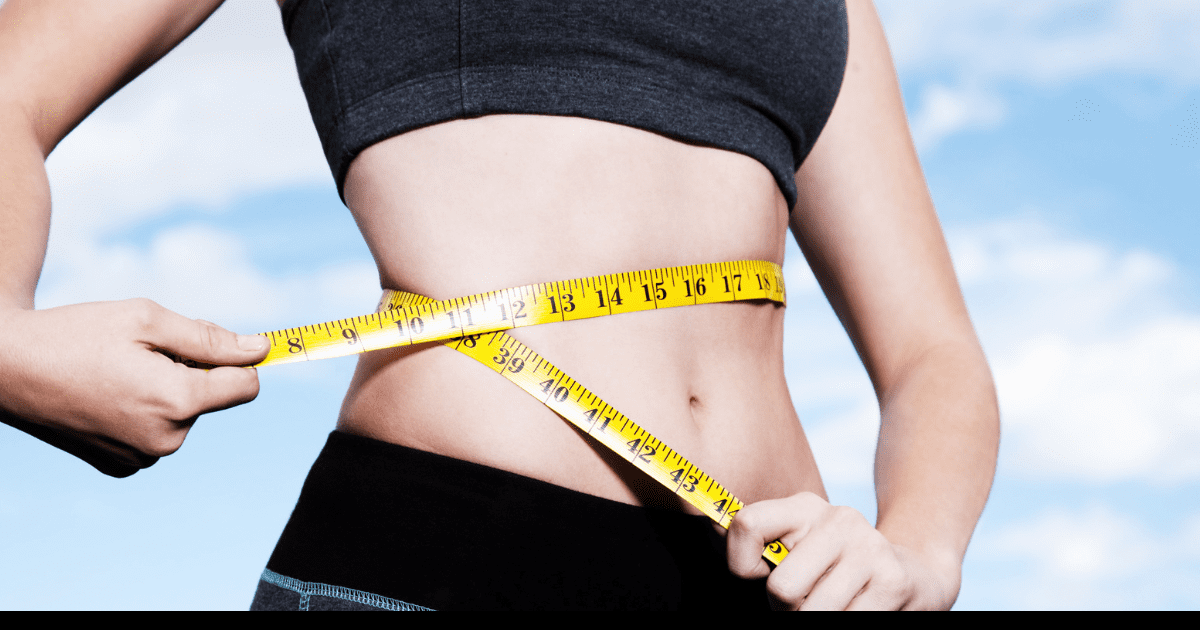What is the Alpine Ice Hack to lose weight, and does it work? To answer that, let's start by looking at what it is. If you like this article, check out my highly effective programs available through TrainHeroic *Note, I am NOT trying to sell you this product nor am I an affiliate of it. […]


